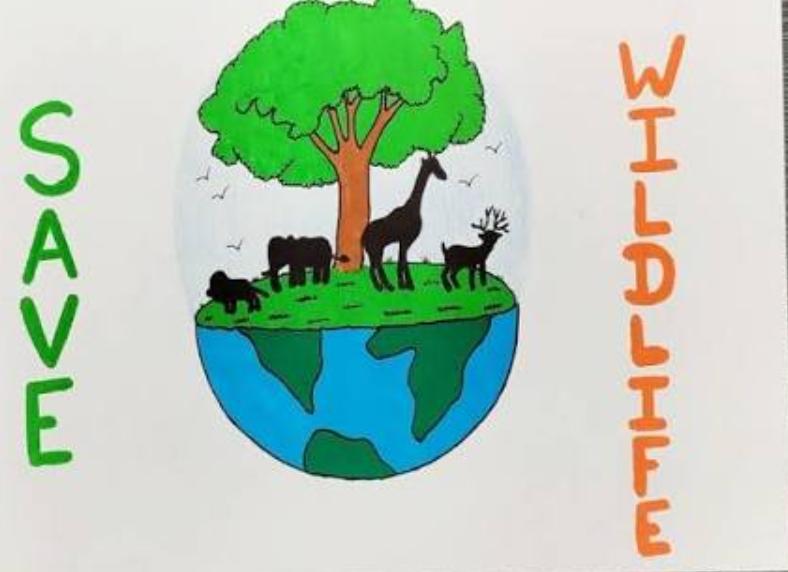Saving animals is critical for maintaining healthy ecosystems and ensuring human survival, as they perform vital roles like pollination and seed dispersal. Major threats to animal populations include habitat destruction from deforestation and urbanization, pollution, and illegal hunting, which disrupt the balance of nature and can lead to species extinction. To protect animals, we must address these issues through habitat conservation, pollution control, and by stopping poaching, while also recognizing our interdependence with all living creatures.
Why saving animals is important
Ecosystem balance: Animals are essential for the health of their ecosystems.
Pollination and seed dispersal: Many animals, like bees and birds, pollinate plants and spread seeds, which is vital for agriculture and the regeneration of forests.
Predator-prey balance: Predators help control prey populations, while other animals like scavengers break down dead organic matter.
Nutrient cycling: Animals help move and cycle nutrients throughout ecosystems, which supports plant growth and other life.
Human survival: The health of animal populations is directly linked to human well-being.
Food and medicine: Animals provide food and are the source of many medicines.
Pest and disease control: Many animals help control pests and diseases that could harm crops and humans.
Economic value: Wildlife tourism provides a significant source of revenue for many countries.
Protecting animals preserves biodiversity, or the variety of life on Earth, which makes ecosystems more resilient to change.
Threats to animal populations
Habitat destruction: This is a primary threat driven by human activities like deforestation for homes and industries, agriculture, and urbanization.
Pollution: Pollution, especially plastic in oceans, endangers marine life and other animals.
Hunting and poaching: Animals are hunted for their meat, skin, teeth, and horns, which is a direct cause of extinction for many species.
Climate change: This is an overarching threat that exacerbates habitat loss and makes it difficult for many species to adapt.
How we can help
Protect habitats: Support efforts to conserve forests, oceans, and other natural areas. Planting trees can help restore habitats.
Reduce pollution: Minimize plastic use and participate in local cleanups to protect wildlife from pollution.
Support conservation efforts: Support government wildlife protection laws and non-government organizations working to save animals.
Educate others: Teach children and adults about the importance of animals and how to treat them with respect and compassion.
Stop illegal activities: Refrain from buying products made from endangered animals and report illegal hunting or trafficking to the authorities.

